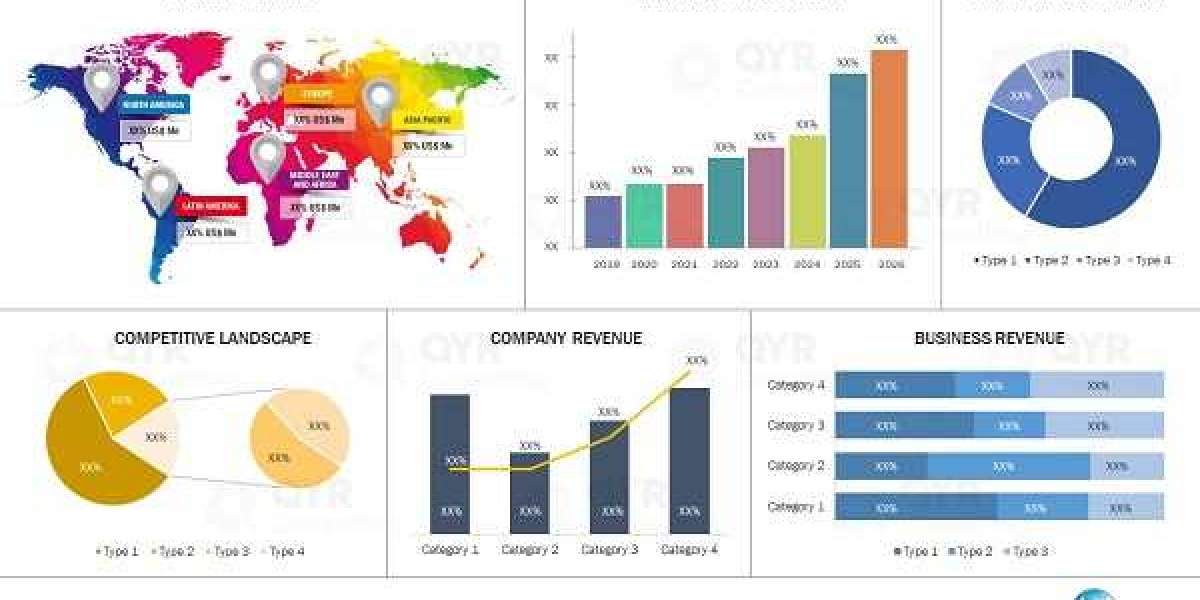The Antimicrobial Additives Market Size was valued at USD 3.24 billion in 2023 and is expected to reach USD 6.86 billion by 2032 and grow at a CAGR of 9.20% over the forecast period 2024-2032.
The Antimicrobial Additives Market is driven by increasing demand for hygiene and infection control solutions across industries such as healthcare, packaging, construction, automotive, and consumer goods. These additives, which include silver, copper, zinc, and organic compounds, help prevent microbial growth on surfaces, improving product lifespan and safety. Rising concerns over healthcare-associated infections (HAIs), food safety, and antimicrobial resistance are further propelling market expansion.
Key Players
Milliken Chemical, Polyone Corporation (Avient Corporation), BASF SE, Lyondell Basell, Sanitized ag, Clariant ag, Kingplastic corporation, Biocote limited, Dow Inc., Microban international limited.
Future Scope
The antimicrobial additives market is expected to grow rapidly as industries adopt antimicrobial technologies to enhance product durability and hygiene. The healthcare and food packaging industries are the key drivers, as antimicrobial solutions help reduce the risk of contamination and infection. Additionally, increased urbanization and awareness of hygiene standards are fueling demand for antimicrobial coatings in construction materials, textiles, and consumer electronics. The expansion of biodegradable and sustainable antimicrobial additives also presents opportunities for environmentally conscious solutions.
Emerging Trends
The market is witnessing a surge in demand for natural and non-toxic antimicrobial additives, particularly in food packaging, medical devices, and personal care products. Silver-based antimicrobial additives continue to dominate due to their high efficacy and long-lasting protection, but zinc- and copper-based alternatives are gaining traction for their cost-effectiveness. Smart antimicrobial coatings, which provide self-sanitizing and long-term antimicrobial activity, are emerging as a key innovation in healthcare and infrastructure. Additionally, regulatory changes concerning antimicrobial resistance are pushing manufacturers to develop safer and more sustainable antimicrobial technologies.
Key Points
Growing demand in healthcare, packaging, construction, and consumer goods sectors.
Silver-based additives remain dominant, while zinc and copper alternatives gain traction.
Smart antimicrobial coatings with self-sanitizing properties on the rise.
Increasing regulations on antimicrobial resistance driving innovation in safer solutions.
Sustainability trends encouraging biodegradable and eco-friendly antimicrobial additives.
Conclusion
The antimicrobial additives market is poised for strong growth as industries prioritize hygiene, safety, and durability. With rising awareness, technological advancements, and sustainability efforts, antimicrobial additives will continue to play a critical role in healthcare, consumer products, and industrial applications, ensuring a cleaner and safer environment for the future.
Read Full Report: https://www.snsinsider.com/reports/antimicrobial-additives-market-1797
Contact Us:
Jagney Dave — Vice President of Client Engagement
Phone: +1–315 636 4242 (US) | +44- 20 3290 5010 (UK)











